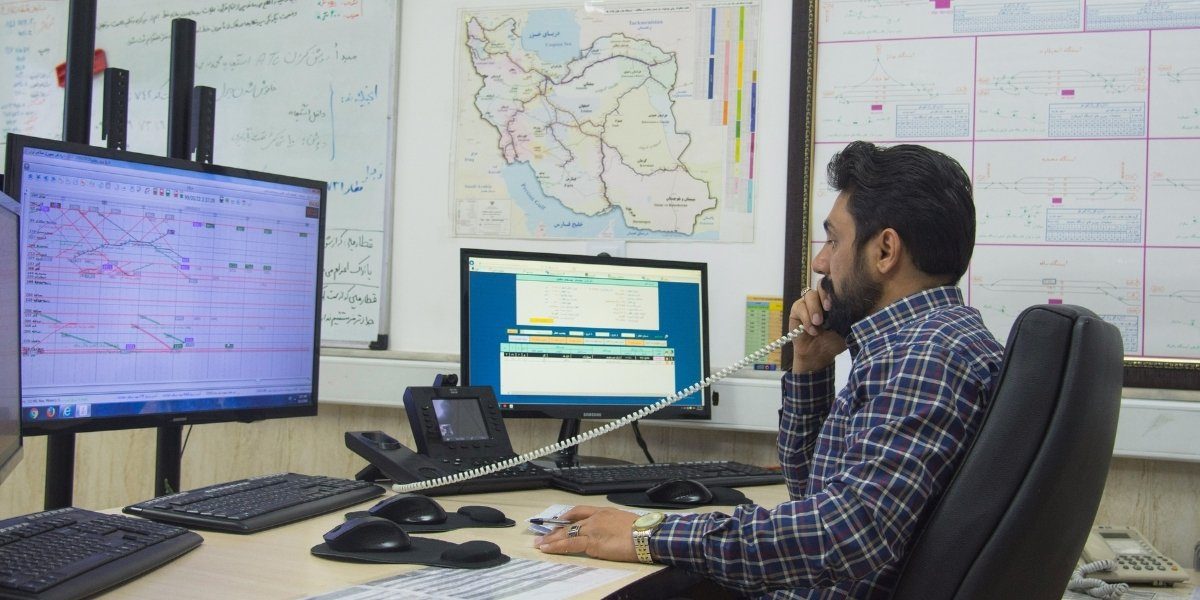How Does Strategic Due Diligence Influence Business Acquisition Success?
Strategic due diligence plays a crucial role in ensuring the success of a business acquisition. Unlike financial or legal due diligence, which focuses on numbers and compliance, strategic due diligence evaluates how well the target company fits within the acquiring company’s long-term goals. This process involves a deep dive into the target’s market position, competitive landscape, operational strengths, and potential synergies. Conducting thorough strategic due diligence allows buyers to identify risks and opportunities beyond the surface, enabling more informed decision-making.
Industry experts emphasize that strategic due diligence helps avoid costly mistakes by revealing hidden challenges and misalignments early. It gives acquiring companies a clearer picture of the target’s ability to contribute to growth, innovation, and profitability. By assessing factors such as cultural fit, customer loyalty, and technology capabilities, businesses can better predict post-acquisition integration success.
Read Also: Understanding GDP vs GNP: Differences and Economic Impact
What Key Risks Does Strategic Due Diligence Help Mitigate?
One of the primary purposes of strategic due diligence is to uncover and mitigate risks that could jeopardize the acquisition’s value. Common risks include overestimating revenue projections, underestimating operational costs, or overlooking competitive threats. A comprehensive strategic review also looks at external risks like changing regulations, market disruption, and shifts in consumer behavior.
Risk mitigation begins with a detailed understanding of the target’s business model and market environment. For example, assessing the sustainability of the target’s customer base helps determine the stability of future revenues. Evaluating supplier relationships and operational dependencies exposes vulnerabilities that might cause supply chain disruptions. Recognizing cultural or leadership conflicts between companies early can prevent integration issues that might affect employee retention and productivity.
Professionals recommend using scenario planning during due diligence. This approach tests how different market or operational changes could impact the combined entity. By anticipating possible challenges, acquirers can develop contingency plans to reduce uncertainty and protect their investment.
How Can Buyers Conduct Effective Strategic Due Diligence?
Effective strategic due diligence requires a multidisciplinary approach involving finance, operations, marketing, and legal expertise. The process usually begins with setting clear objectives aligned with the acquisition’s strategic goals. Buyers should gather extensive data on the target’s financial performance, customer segments, competitive positioning, and growth strategies.
Engaging with key stakeholders from both organizations is essential. Interviews with management teams provide insights into corporate culture, leadership style, and strategic priorities. Site visits help validate operational claims and identify potential integration challenges. Reviewing contracts, intellectual property, and technology infrastructure reveals hidden assets or liabilities.
Advanced analytical tools can enhance due diligence by providing predictive insights. For instance, data analytics might uncover patterns in customer churn or highlight inefficiencies in production processes. Competitive intelligence reports can shed light on market trends and competitor strategies.
Experienced consultants or advisors often assist in navigating complex due diligence processes. Their expertise helps buyers avoid common pitfalls and tailor assessments to industry-specific risks.
Why Is Cultural Compatibility Critical in Strategic Due Diligence?
Cultural compatibility is frequently cited as one of the most underestimated factors in acquisition success. Even when financial and operational metrics align, mismatched corporate cultures can derail integration efforts. Differences in communication styles, decision-making processes, or core values create friction that hampers collaboration and innovation.
Strategic due diligence should include a thorough cultural assessment. This involves analyzing leadership behavior, employee engagement levels, and organizational structures. Surveys and focus groups can provide honest feedback from employees at various levels. Understanding cultural nuances helps design integration plans that respect differences while building a unified vision.
Industry professionals highlight that cultural alignment fosters trust and commitment, which are vital during periods of change. It also supports smoother transitions in technology adoption, customer service, and operational workflows. Organizations that prioritize cultural fit often experience lower employee turnover and higher overall performance post-acquisition.
How Does Strategic Due Diligence Shape Integration Planning?
Integration planning is one of the most complex phases following an acquisition. Strategic due diligence lays the groundwork by identifying priority areas and potential obstacles. It informs decisions on organizational design, technology harmonization, and process alignment.
For example, if due diligence reveals complementary product lines, integration teams can focus on cross-selling and joint development opportunities. Conversely, identifying overlapping functions allows for streamlining and cost reduction. Knowing where cultural gaps exist enables tailored communication and change management strategies.
Clear integration roadmaps derived from due diligence insights enhance accountability and progress tracking. They help balance quick wins with long-term goals, maintaining momentum while ensuring sustainable value creation. Strategic due diligence also supports risk management by highlighting areas requiring close monitoring during integration.
What Emerging Trends Are Impacting Strategic Due Diligence?
The evolving business landscape continuously shapes how companies approach strategic due diligence. Digital transformation, for instance, demands more focus on technology assets, cybersecurity, and data privacy during evaluations. Buyers increasingly assess the target’s ability to leverage digital tools to enhance efficiency and customer experience.
Environmental, social, and governance (ESG) factors are gaining prominence. Investors and regulators expect companies to consider sustainability risks and social responsibility in acquisitions. Strategic due diligence now often includes reviews of environmental compliance, labor practices, and community impact.
Artificial intelligence and machine learning tools are also revolutionizing due diligence. These technologies enable faster data processing, pattern recognition, and predictive modeling, improving risk identification and decision-making quality.
Finally, global economic uncertainties encourage more robust scenario analysis and stress testing to prepare for volatile market conditions.
Read Also: How Businesses Use Data to Support Marketing Decisions
How Can Companies Maximize Value Through Strategic Due Diligence?
Maximizing value from strategic due diligence requires integrating findings into actionable strategies. This means aligning acquisition goals with post-deal initiatives that drive growth and operational excellence. Companies should establish clear metrics to measure success and adjust plans as necessary.
Transparency and communication are key. Keeping stakeholders informed builds confidence and fosters collaboration. Leveraging due diligence insights, companies can pursue innovation, optimize resources, and strengthen competitive positioning.
Experts suggest viewing strategic due diligence not as a one-time task but as an ongoing process that evolves with market conditions and organizational priorities. Continuous learning from acquisitions can improve future decisions and overall corporate strategy.














